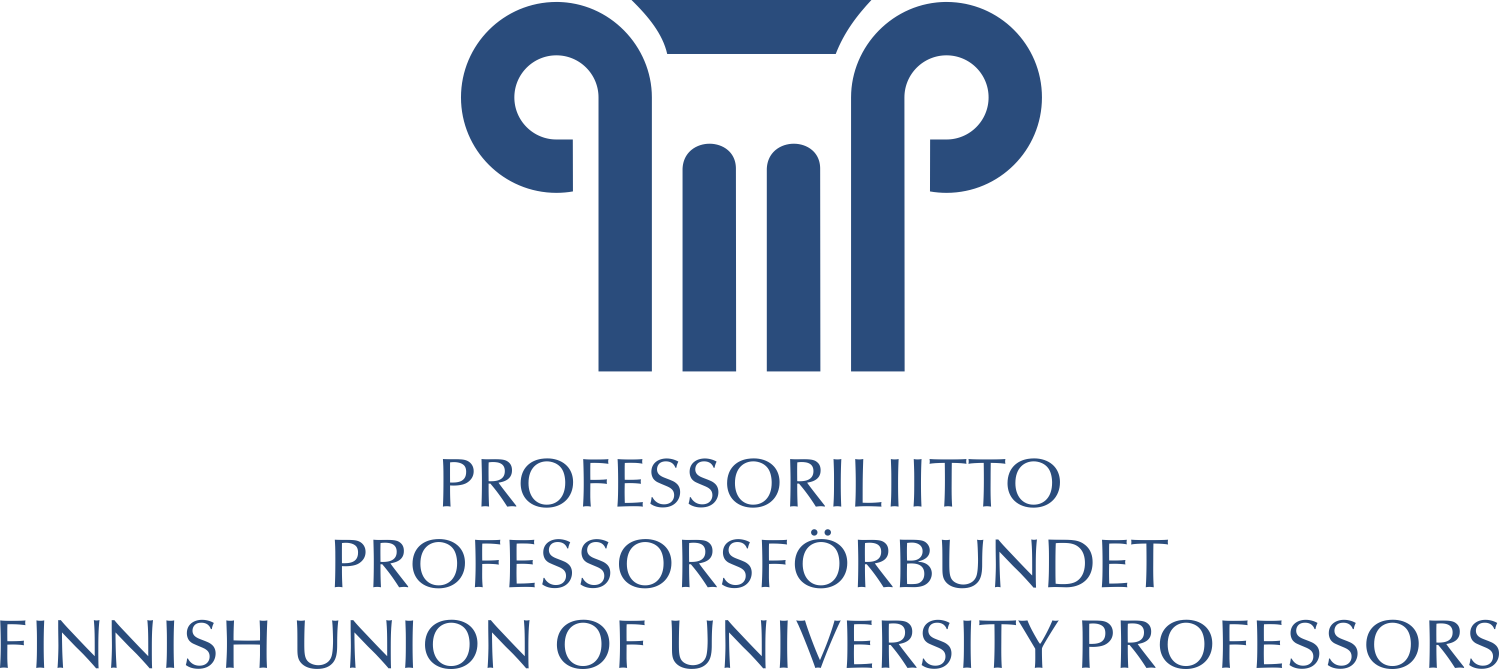An internal market for higher education in Europe?
Kirjoittanut
Petri MäntysaariIn March 2024, the European Commission presented its new higher education package. The package includes initiatives on a European degree, a European quality assurance and recognition system, and careers in higher education. The package builds on earlier initiatives ranging from a European strategy for universities to micro-credentials. The Commission has plans for the European Education Area (EEA, COM/2022/700) and the European Research Area (ERA, COM/2020/628).
It is an understatement that the European Commission is showing growing interest in higher education. In her Political Guidelines for the European Commission 2024-2029, Ursula von der Leyen pointed out that the EU needs a plan to “put research and innovation at the heart of our economy”. She wants to “strengthen the collaboration between research departments, higher education and business – notably by strengthening our University Alliances”. Moreover, the Commission President believes that “Europe needs a radical step change in ambition and action – for all skill levels and for all types of training and education”.
In the past, the European Commission has used all available and effective instruments to reach its goals in different sectors. For higher education, the European Commission has chosen a piece-meal approach with numerous separate initiatives. This may have made it difficult for us academics to understand the big picture. To benefit from the opportunities presented by the Commission’s interest, it is important for unions and universities to understand what is going on.
What is going on has its roots in EU Treaty law
There are three important starting points in Treaty law.
The first is Article 165(1) of the Treaty on the Functioning of the EU (TFEU): “The Union shall contribute to the development of quality education by encouraging cooperation between Member States and, if necessary, by supporting and supplementing their action, while fully respecting the responsibility of the Member States for the content of teaching and the organisation of education systems and their cultural and linguistic diversity.” The Commission has so far taken this provision into account by proposing politically binding Council Recommendations rather than legally binding directives or regulations. For example, there is a Council Recommendation (EU) 2021/2122 on a Pact for Research and Innovation in Europe. The use of instruments that are not legally binding has increased the Commission’s discretion and power.
The second starting point is Article 3 of the Treaty on European Union (TEU) that lays down the multiple aims of the EU. One of them is that the EU “shall establish an internal market” (Article 3(3) of the TEU).
The mere fact that the organisation of education systems belongs to Member States’ competence under Article 165(1) of the TFEU does not limit the goal of creating an internal market under Article 3(3) of the TEU. The reason is the method of interpretation of EU law. Any provision of law can technically be interpreted in many ways. Where a Treaty provision is subject to several interpretations, priority must be given to the interpretation that guarantees its effectiveness. The rule of thumb therefore is that Article 165(1) of the TFEU will not limit the scope of Treaty provisions that facilitate the internal market.
The third starting point is the lack of specific provisions on universities in the TFEU. While education is addressed in Article 165 and research in Article 179 of the TFEU, there are no Treaty provisions on research-based education, that is, universities. Whether the EU will have internationally competitive universities is left to competition between states and competition between universities.
In the long term, the regulatory trend is likely to be aligned with European Treaty law. The European trend is deeper and deeper market integration. Sooner or later, higher education will be moved to the internal market and Member States will be forced to use increasingly market-based methods in the organisation and funding of higher education.
A market is being created
The recent actions of the Commission seem to match the pattern of market creation. In the EU, the internal market is generally based on the approximation of national standards, mutual recognition of standards and products, free movement of goods and services, and finally competition law. The Commission’s actions seem to follow this path.
The first step is the commodification of higher education in Member States. The Commission’s tools have so far included the Bologna Process, quality assurance, micro-credentials, the European degree and university alliances.
The Bologna Process has brought more coherence to higher education systems in the European Higher Education Area (EHEA). All EHEA countries have agreed to introduce a three-cycle higher education system, ensure the mutual recognition of qualifications, and implement a system of quality assurance. The latest addition is consensus on the fundamental values of higher education in the EHEA set out in Annex I to the Tirana Communiqué of 29-30 May 2024.
There are European quality assurance standards for quality assurance agencies and higher education institutions. Quality assurance agencies are required to comply with the ESG (the Standards and Guidelines for Quality Assurance in the European Higher Education Area) as a precondition of membership in ENQA (the European Association for Quality Assurance in Higher Education) and listing in EQAR (the European Quality Assurance Register for Higher Education) as a trustworthy quality assurance agency. The level of ambition has so far been low. The ESG and EQAR have been marketed as a way to fight “diploma and degree mills” as well as “accreditation mills”. However, the wide acceptance of the ESG in the EU and the EHEA means that a tool has been created to raise standards. In the Tirana Communiqué of 29-30 May 2024, the ministers of EHEA countries invited the authors of the ESG to propose a revised version by 2026.
The Council Recommendation on a European approach to micro-credentials (2022/C 243/02) can be expected to contribute to the commodification of courses and volumes of learning. Micro-credential means “the record of the learning outcomes that a learner has acquired following a small volume of learning. These learning outcomes will have been assessed against transparent and clearly defined criteria.” To make it possible for learners to compare different offerings, it is necessary to use “transparent and clearly defined criteria” for “learning outcomes”. It would make neither operational sense for institutions nor regulatory sense for the EU to use separate systems for different courses or volumes of learning. For this reason, we can expect learning outcomes to be defined for all educational products in higher education in the long term.
The Commission’s proposal for a Council Recommendation on a European Quality Assurance and Recognition System in Higher Education (COM/2024/147) is intended to build the foundations towards a European degree. Member States are recommended to allow EQAR-registered quality assurance agencies, institutions and alliances to award a European label to joint degree programmes that match the listed European criteria. The European label is designed to increase cross-border business and the size of entities that provide educational products in the European market. Market integration generally benefits large firms doing cross-border business.
The Commission President expressly mentioned “our University Alliances”. In the policy discourse, the European Universities Initiative is regarded as an “opportunity” that “preferably … results in a coherent regulatory framework for higher education, research and innovation” (Craciun, Kaiser, Kottman and Van der Meulen 2023: 52). In the second half of 2024, the Commission will report on the outcomes and transformative potential of the European Universities Initiative. The Commission has indicated a high ambition to integrate members of European University Alliances, create cross-border structures and use Alliances to pioneer higher education transformation in the wider higher education community. On the table are, for example, the governance and administration of the participating higher education institutions and their educational policy (e.g. curricula and teaching methods, pedagogies, trans-disciplinarity, lifelong learning activities and micro-credentials).
Higher education transformation will be complemented by internal market law
After the transformation of higher education through standardisation and commodification, the second step would be to fully apply existing Treaty law that facilitates the operation of the internal market.
If educational products are regarded as commodities and higher education as a service, multiple Treaty provisions on the internal market will apply. They include the prohibition of restrictions on the freedom of establishment under Article 49, the prohibition on freedom to provide services under Article 56, the prohibition of state aids under Article 107 and the prohibition of discrimination on grounds of nationality under Article 18 of the TFEU.
The transformation and approximation of higher education will in practice create a coordinated field regardless of the fact whether it is achieved by politically or legally binding instruments. The legal relevance of the de facto coordination of the field remains open. In practice, it can make it more difficult for Member States to restrict the freedom to provide services in the area of higher education, as it will gradually become more difficult for Member States to argue that national measures deemed to restrict the freedom to provide higher education services are necessary and proportionate under EU law.
The third step relates to funding and competition law. If there is an internal market for higher education, public funding practices may need to change. How public funding would be organised in the internal market remains to be seen. In the long term, Member States may be forced to use increasingly market-based methods in the public funding of higher education. While the choice of activities to fund is in the discretion of Member States under Article 165(1) of the TFEU, the choice of methods can be constrained by EU law. One could imagine increased use of the direct funding of students domiciled in the country (such as in the UK), the public procurement of education services that comply with the European quality assurance framework, research funding based on calls, and greater resources provided to universities or research institutes that are connected to the central or federal government (such as the federal institutes of technology in Switzerland). The likely outcome of the internal higher education market that relies on increased approximation of education is increased differentiation of higher education institutions (such as in the US).
Unions have a window of opportunity to influence market structure
The likely long-term trend is that higher education will gradually be moved to the internal market, because establishing an internal market belongs to the most fundamental goals of the EU.
The unions of professors, researchers and teachers have a chance to influence market structure in three ways. First, unions should cooperate very closely with the European Commission through ETUCE/HERSC. Second, unions should generally ensure that their voice is heard by the bodies that formulate European higher education policy. Third, unions should influence the revision of the ESG.
While the Commission regularly refers to the ESG, the Commission has left its contents to be proposed by the authors of the ESG, that is, the E4 Group (ENQA, ESU, EUA, EURASHE) in cooperation with EQAR, Business Europe and EI. I am the representative of EI in the ESG revision steering committee. The revised ESG should probably be much more ambitious. For example, the ESG should respect the European values and the fundamental values of higher education in the EHEA, ensure the security of employment for faculty as a necessary condition of quality education, and guarantee respect for academic freedom both de jure and de facto.
In Finland, the potentially disruptive effect of the internal market should be taken into account in university-level strategic management and financial management. Moreover, unions should address it in their own policies.

